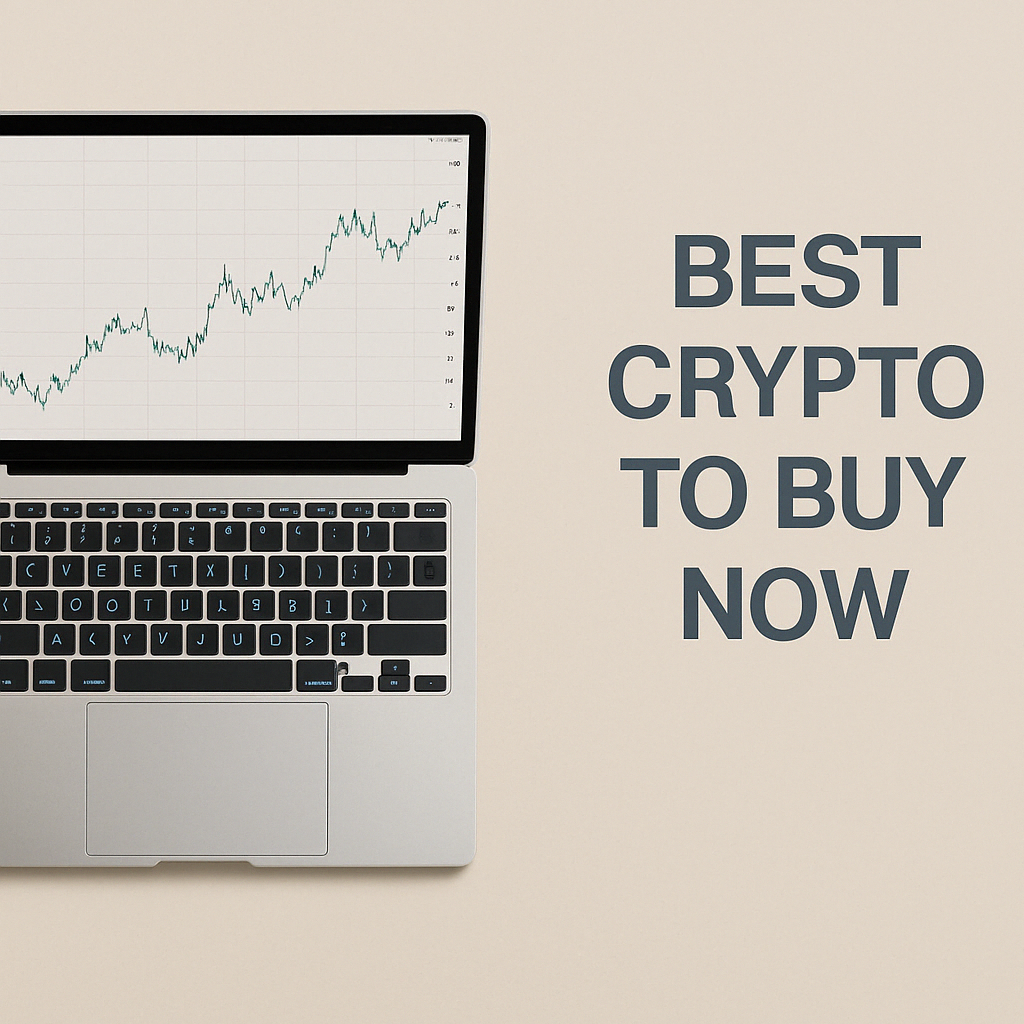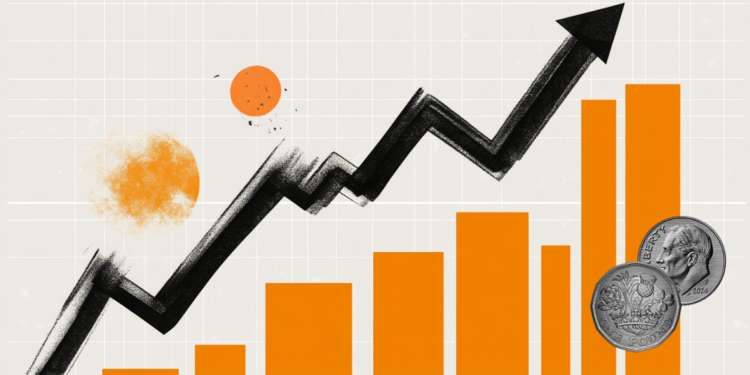Gold rises on safe-haven demand, stays below $4,050 amid hawkish Fed

Gold (XAU/USD) is seen trading with a positive bias for the second straight day on Friday and looking to build on this week’s recovery from sub-$3,900 levels, or the lowest level since October 6. The commodity, however, lacks follow-through buying and remains below the $4,050 level amid mixed fundamental cues.
The growing market concerns that a prolonged US government shutdown would impact the economic performance keep a lid on the post-FOMC US Dollar (USD) rise to the highest level since early August and weigh on investors’ sentiment. This, in turn, is seen as a key factor acting as a tailwind for the safe-haven Gold. However, the US Federal Reserve’s (Fed) hawkish tilt holds back the XAU/USD bulls from placing aggressive bets.
The US central bank lowered its benchmark overnight borrowing rate to a range of 3.75%-4% and said it would stop reducing the size of its balance sheet as soon as December, marking the end of its quantitative tightening program. Meanwhile, Fed Chair Jerome Powell said that a further reduction in the policy rate at the December meeting is not a foregone conclusion. This, in turn, favors the USD bulls and caps the non-yielding yellow metal.
Apart from this, the latest optimism led by a de-escalation of trade tensions between the US and China – the world’s two largest economies – contributes to keeping a lid on the Gold price. Hence, it will be prudent to wait for strong follow-through buying before confirming that the recent sharp corrective decline from the all-time peak, touched earlier this month, has run its course and positioning for any meaningful near-term appreciating move.
Gold FAQs
Gold has played a key role in human’s history as it has been widely used as a store of value and medium of exchange. Currently, apart from its shine and usage for jewelry, the precious metal is widely seen as a safe-haven asset, meaning that it is considered a good investment during turbulent times. Gold is also widely seen as a hedge against inflation and against depreciating currencies as it doesn’t rely on any specific issuer or government.
Central banks are the biggest Gold holders. In their aim to support their currencies in turbulent times, central banks tend to diversify their reserves and buy Gold to improve the perceived strength of the economy and the currency. High Gold reserves can be a source of trust for a country’s solvency. Central banks added 1,136 tonnes of Gold worth around $70 billion to their reserves in 2022, according to data from the World Gold Council. This is the highest yearly purchase since records began. Central banks from emerging economies such as China, India and Turkey are quickly increasing their Gold reserves.
Gold has an inverse correlation with the US Dollar and US Treasuries, which are both major reserve and safe-haven assets. When the Dollar depreciates, Gold tends to rise, enabling investors and central banks to diversify their assets in turbulent times. Gold is also inversely correlated with risk assets. A rally in the stock market tends to weaken Gold price, while sell-offs in riskier markets tend to favor the precious metal.
The price can move due to a wide range of factors. Geopolitical instability or fears of a deep recession can quickly make Gold price escalate due to its safe-haven status. As a yield-less asset, Gold tends to rise with lower interest rates, while higher cost of money usually weighs down on the yellow metal. Still, most moves depend on how the US Dollar (USD) behaves as the asset is priced in dollars (XAU/USD). A strong Dollar tends to keep the price of Gold controlled, whereas a weaker Dollar is likely to push Gold prices up.




